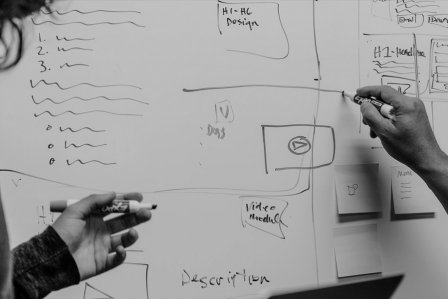
How to create a conversion funnel for your industrial company
The conversion funnel is the journey that prospects make from the first time they visit your website until they finally make a purchase and thus become your customers.
The ideal conversion funnel sequence is:
- Visit the website.
- Leave their contact information so as to receive additional information and thus become a lead.
- Absorb the content that your company sends via email.
- Make a purchase and become a customer.
At the beginning of the funnel there are many visitors, but the number gradually decreases throughout the different phases.
Stages of a conversion funnel
The conversion funnel is usually divided into three distinct stages:
- TOFU or Top of the Funnel. In this initial phase, we apply techniques aimed at attracting and capturing prospects. The main goal here is to convert anonymous visitors into leads who have given some data that will allow us to contact them. A common strategy to achieve this is through lead magnets: valuable content in the form of eBooks, templates, studies, etc., which the user can download just by leaving their contact details.
- MOFU or Middle of the Funnel. In this intermediate phase, the main objective is the leads qualification: pushing them to advance through the conversion funnel to become first Marketing Leads (MQL, when they show interest in your product or service) and then Sales Leads (SQL, when they are close to making the purchase decision).
- BOFU or Bottom of the Funnel. This is the final phase of the funnel. The goal at this stage is to convert them into business opportunities (Deals) and finally into Customers.
Tools to automate the B2B conversion funnel
Today, every industrial company must have a digital inbound marketing strategy that makes the prospects advance throughout the funnel until they finally become customers.
Carrying out all the necessary actions to activate a B2B conversion funnel is a complicated and time-consuming task. Even with a small database of just 100 contacts, it is very difficult to activate every single necessary action.
For this reason we always recommend using an automation tool such as Salesforce and its Pardot solution, which allows you to control the actions and movements of leads and, using its lead scoring system, identify those that are most likely to convert.
3 advantages of automated marketing tools
Automated marketing tools work through sequential actions that are triggered when the leads perform a certain action. For example, if they download a price catalog, you send them an automatic email with additional information, offers, webinars ... A nurturing process is opened so that the lead knows the product in depth. This is especially important for complex products, such as industrial and B2B products.
As well as offering the convenience of being able to push the lead through the conversion funnel in an automated way, these tools also offer customization possibilities, for example communicating in the user's preferred language.
The engagement studio's alert system records the exact moment each lead interacts with each content, so that each lead's file is continually updated.
Possible problems (and their solutions) in the conversion funnel
- Not enough traffic. This is a typical problem of the Top of the Funnel phase: the web page that centralises all the online marketing activity does not receive enough visits. You can solve it with a SEO optimisation that organically attracts visitors, with a SEM campaign of paid advertising in search engines or with a campaign on social media.
- There is traffic, but visitors don't leave their email. If your website already has enough visits but no one leaves their data, it is time to consider if the lead magnets are attractive enough or if perhaps the form is too long and complex. The user's email is the minimum you need to convert an anonymous visitor into a lead you can push through the conversion funnel. Although B2B users may be more predisposed to leave data to get a more detailed content or proposal, it is better to be conservative and start by asking only for the email.
- The lead stops interacting. If the users don’t click on the emails we send them, don’t watch our videos, don’t sign up for the webinars ... Then the problem is that the nurturing process is not efficient enough. Perhaps we are sending them information that doesn’t really interest them, and more specific content needs to be created.
What about your company? Do you have a problem with the conversion funnel or do you need to implement one from scratch? At BCM Marketing we can help you.











